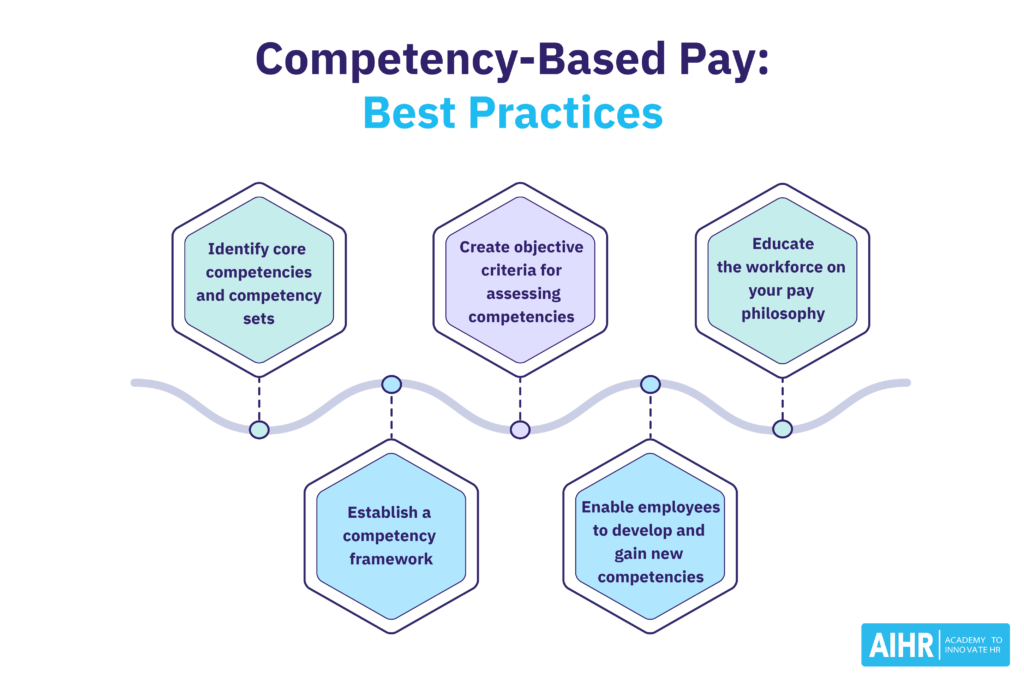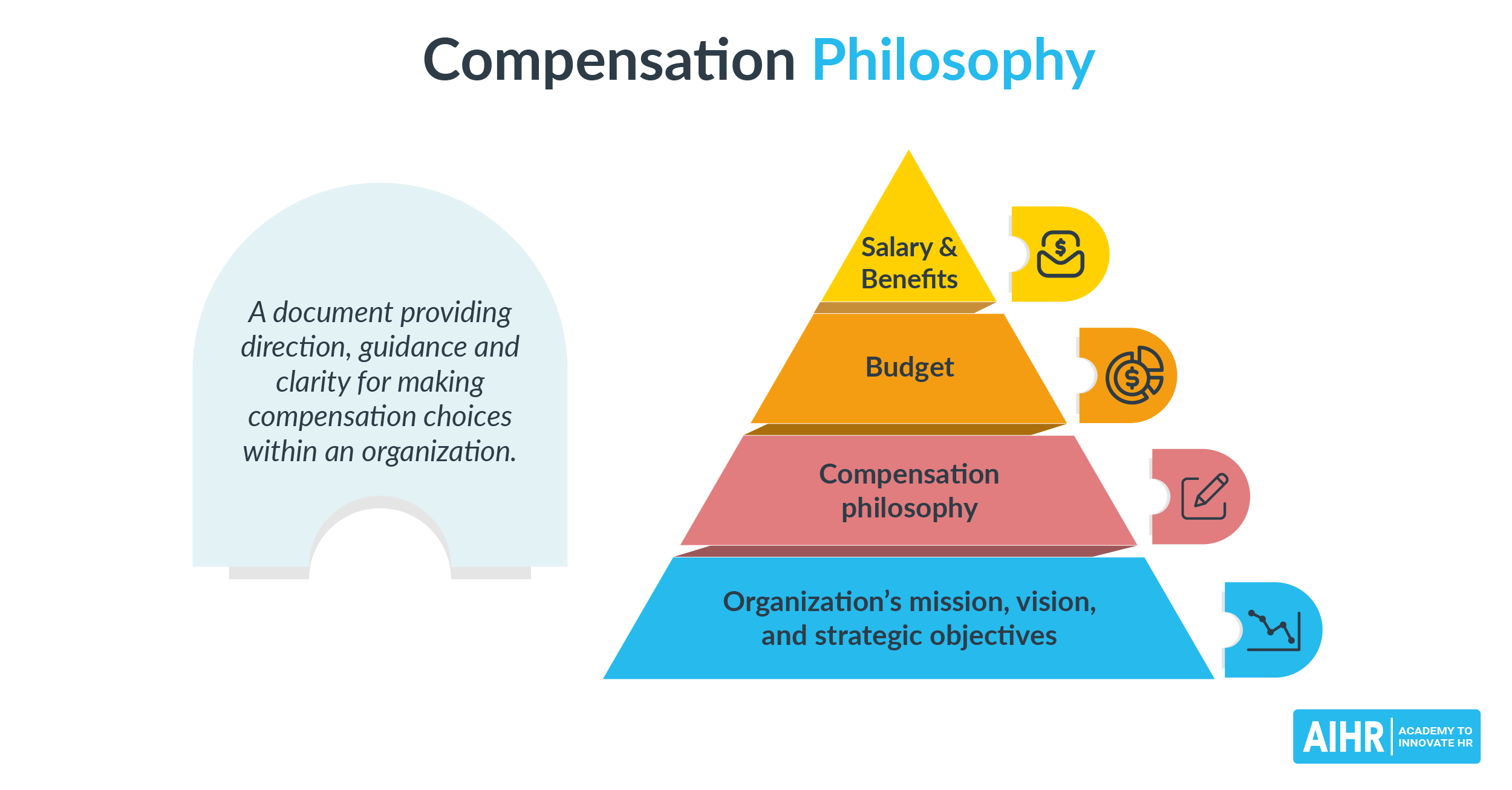Competency-Based Pay
What is competency-based pay?
An organization that uses competency-based pay structures compensates employees based on their obtained skills and competencies in the workplace, compared to traditional pay structures, which compensate employees based on job title, seniority, or position. This approach encourages employees to improve their skills and knowledge. It is usually used in fields that require specialized knowledge.
As an example, you might have an accountant with over 25 years of experience within the organization who prepares and maintains financial reports. Another employee with five years of experience performs the same duties. These two employees are paid the same amount, as the competencies required are the same.
What are the main elements of competency-based pay?
- Knowledge: This is the information an employee has accumulated throughout their career and education.
- Skills: This is an employee’s ability to apply the knowledge to different work situations. It describes what an employee is capable of doing.
Together, knowledge and skills form an employee’s competencies. These elements are usually listed in a job description.
Advantages of competency-based pay
Some of the pros of using competency-based pay include:
- Earning potential: Employees’ earning potential is based on their knowledge and skills rather than seniority levels. This gives subordinates an opportunity to earn more than those senior to them.
- Encourages development: It pushes employees to get out of their comfort zone and acquire new skills, creating a learning culture.
- Self-motivation: Employees are rewarded for self-improvement through the acquisition of skills, creating employees with higher levels of autonomy and self-motivation.
- Increases employee retention: Because employees are rewarded for improving themselves, they are likely to stay longer with the organization.
- Transparency: Employees have a clear understanding of how they are being rewarded.

Disadvantages of competency-based pay
Some of the cons of competency-based pay include:
- Perception of subjectivity: Competency-based pay requires a careful approach and observation of all employee skills and efforts. Sometimes this is not done properly and, as a result, causes feelings of subjectivity and unfairness.
- Inaccurate measurement: It can be challenging to measure skills and knowledge. On top of that, it can be unclear which skills are the most valuable within the company and are directly linked to performance. As a result, competency-based pay may result in inaccuracies in calculating rewards.
What is the difference between skill-based pay and competency-based pay?
Skill-based pay describes a system where employees are rewarded based on their skills and how they perform. It is popular in skilled work like construction or plumbing, where workers often follow a path from apprentice to supervisor. Employees are promoted and rewarded for their increased skills and performance along the way.
Competency-based pay is a system where an employee is rewarded without consideration for results based on their perceived competence. The logic is that an employee will perform their job to a high level as they have the necessary competencies.







